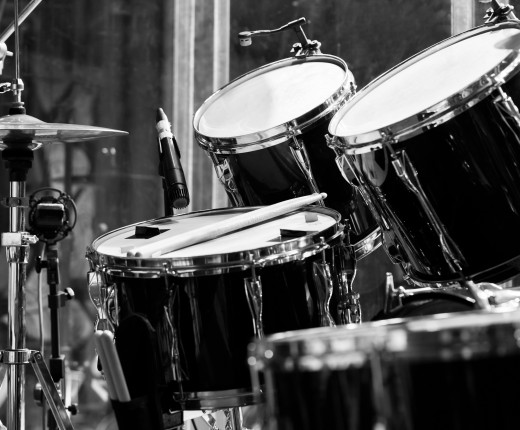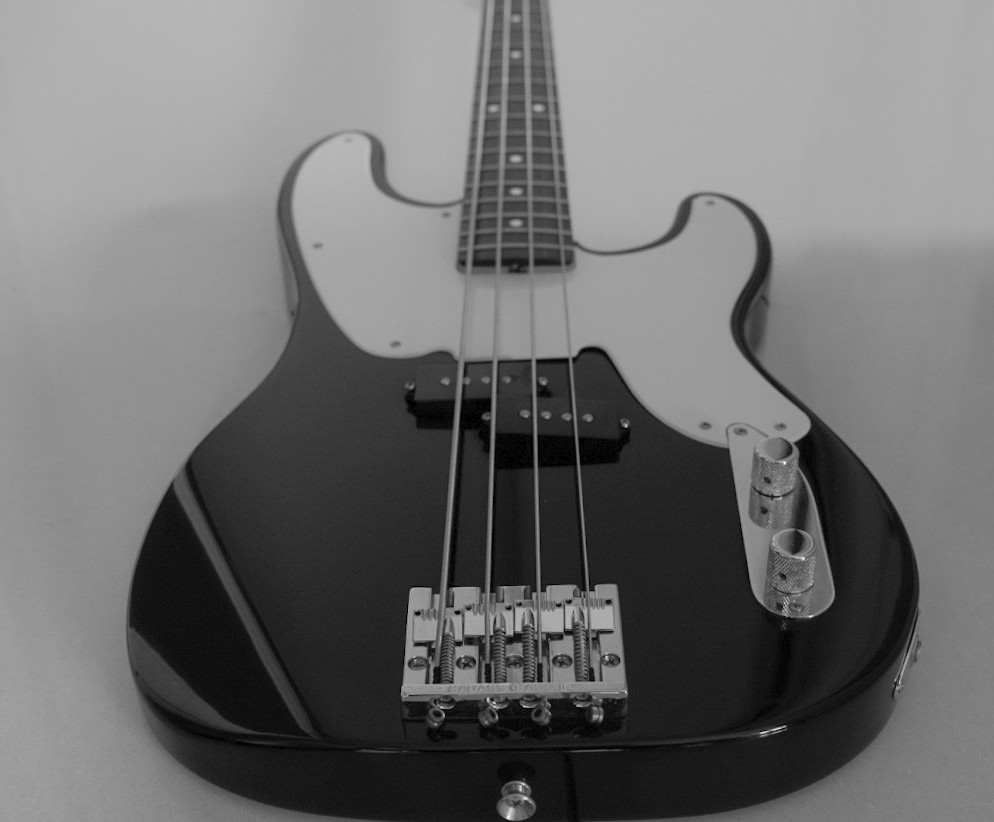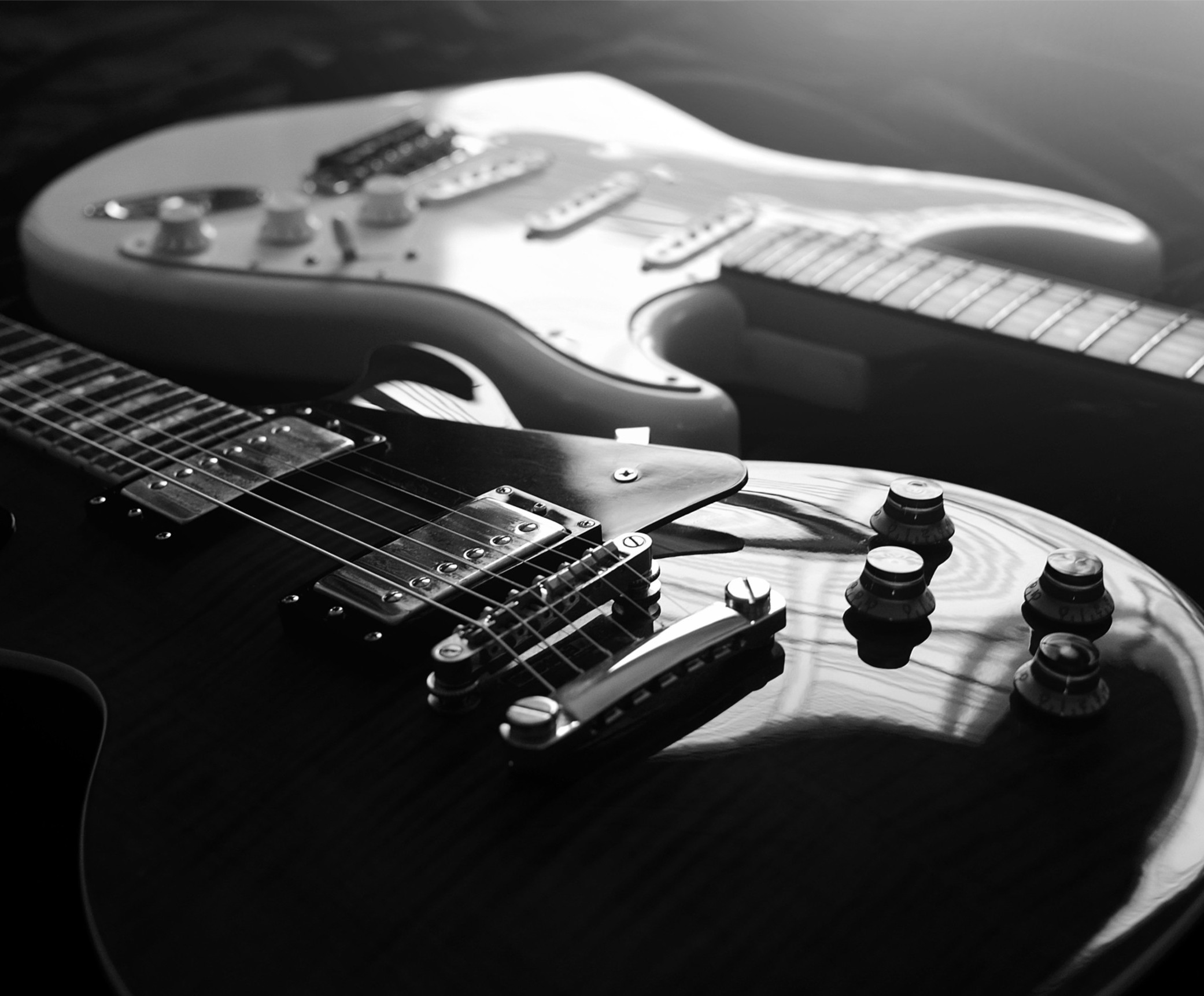Jazz and MAA
The Conservatoire de Jazz was founded in the early 60s.
Since then, its aim has been to develop an artistic education based on collective learning, which begins in the first year of Cycle 1. Collective learning is the very basis and essence of learning the different styles covered (Jazz, Latino, Rock, Funk, Pop, Soul, Reggae...). One-to-one tuition supports this group work and helps to develop instrumental technique.
Appropriate musical training is provided within the department.
Amateur practice by adults is particularly important, as it reinforces the pedagogical framework already in place, with adults demonstrating a high level of motivation and commitment, whether they are beginners or experienced players.
Enjoyment, exchange and sharing within the collective are an enriching source for the development of interpretation, improvisation and creation.
Jazz vocals
Ages 12 and up
"Jazz is not what you do, but how you do it", said Fats Waller. Singers often lack musical training in this very specific style. It would be a mistake to believe that feeling is enough. The main objective is to develop your musicality and your autonomy in relation to the great jazz standards. Your singing should express the whole rhythm section: the drums, through the expressiveness and vitality of your speech; the bass, through the stability of the pulse, the relationship to the earth and the highlighting of the fundamentals; the piano, through the pertinence of your harmonic choices. Working your ear will be your best asset in developing your practice to the highest level.
A word from the teacher :
My approach is first and foremost one that respects the body, because in vocal art, the instrument is the whole body. Before any vocal production, it's first necessary to relax the body and eliminate as much tension as possible. Then comes work on breathing. Finally, a series of adapted vocalizations completes the positioning and settling of the voice. Practice on a song (suggested or of your choice) enables you to work on accuracy, articulation and interpretation of the song, the aim being to take pleasure in meeting your voice, in all its fullness and authenticity.
Passing on my knowledge is a real passion that I've been living out thanks to my students for 25 years now. They've all taught me as much as I think I've taught them; it's a real path to knowledge of others, but also of oneself.
Chant Moderne
Ages 12 and up
"Perfection is not doing something great and beautiful, but doing what you do with greatness and beauty" Swâmi Prâjnanpad
THE AESTHETICS OF MODERN AMPLIFIED MUSIC (MAA)
Singing in MAA is as demanding as singing in opera. The amplification of the microphone does little (if anything) to change this, and presupposes the ability to project one's voice effortlessly and without tension. The singer learns to anchor himself to the ground, to use his breath in the right way and to place his voice so as to let himself (en)sing to the delight of his audience. Because being a singer means above all conveying a text, telling a story, communicating!
The stylistic diversity of today's music is vast: rock, pop, French chanson, international variety, reggae, rap, slam, and more. Whatever the form, the apprentice singer needs to awaken his or her senses in order to "feel" his or her instrument. Understanding the impalpable nature of singing is a prerequisite for healthy vocal production. When the singer becomes aware of his or her potential as well as his or her limits, the authenticity of the artist in you can finally emerge.


